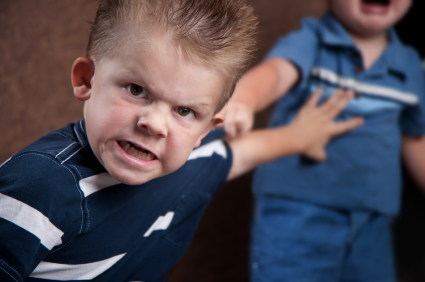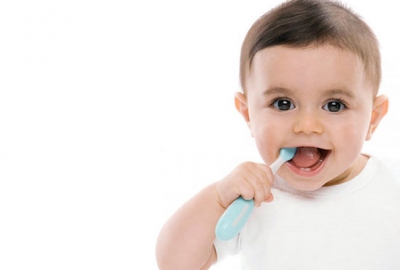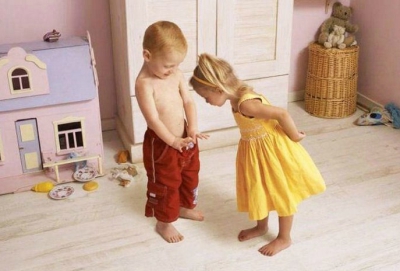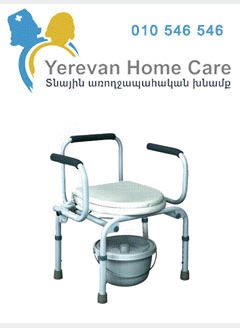As parents, few situations are more difficult to deal with than having a child who is aggressive toward other children. It can be embarrassing as well as frightening when your child bites, hits, scratches or kicks to get his or her way. It’s not uncommon for younger children to engage in this type of behavior at various points in their development and in a variety of settings. However, when it becomes very frequent or seems to be their consistent way of reacting to something they don’t like, it’s time to step in and help them change their behavior. The first step is understanding the underlying reasons why your child is choosing to act out this way. The more you understand what’s happening, the better you’ll be able to help them find other, non-aggressive ways to solve their problems.
Initially, between the ages of 18 months to 2 years, children find it extremely hard to communicate their needs to their parents, caregivers, and other children. Negative behaviors are one way they may choose to get their point across. For older children between the ages of three and six, such behaviors may be the result of never having learned appropriate, non-aggressive ways of communicating when they were faced with a difficult situation. The cause of aggressive behaviors may be due to any or all of the following:
One place to begin is to watch your child for cues to see if any of the situations described above brings about aggressive behavior. Learning as much as you can about the factors that trigger bad behavior is the best way to combat it when it occurs next time. Some questions you should ask yourself:
Who does my child hit, bite or kick? Does he do it to one friend in particular? Does he only do it to me? Or does he tend to be aggressive with whomever he is with? If it’s one person in particular, try to find out if there’s a reason why he’s attacking that child such as engaging in overly aggressive play, a poor match of temperaments or a lack of clear cut rules before play begins.
Also, what seems to cause your child to act out in an aggressive fashion? Is it triggered by frustration, anger, or excitement? Notice if there are patterns. Does he act this way when toys are involved, and he’s frustrated about sharing? Or does he become aggressive when there is too much going on and he’s over-stimulated? If you observe the situations carefully, you will likely notice patterns.
Finally, how is his aggressiveness expressed? Is it through angry words or through angry behaviors? Does he become verbally aggressive first and then physically aggressive, or is his first response to strike out and hit?
By answering these questions, you are on your way to successfully limiting your child’s aggressive behavior in the future. In this article, I’ll outline some ways that you can help your child become more aware of his aggressive feelings and teach him to calm himself down, or find alternative ways to solve his problems. We’ll also talk about giving consequences to kids when they do lash out and hurt someone. In my experience, consequences are imperative to ending aggressive behavior in young children. They teach your child that all behaviors have a consequence, whether good or bad, and will help him make better choices in the future when he is with his friends. Once you’ve narrowed down the reasons why your child is behaving aggressively, it’s time to intervene.

















